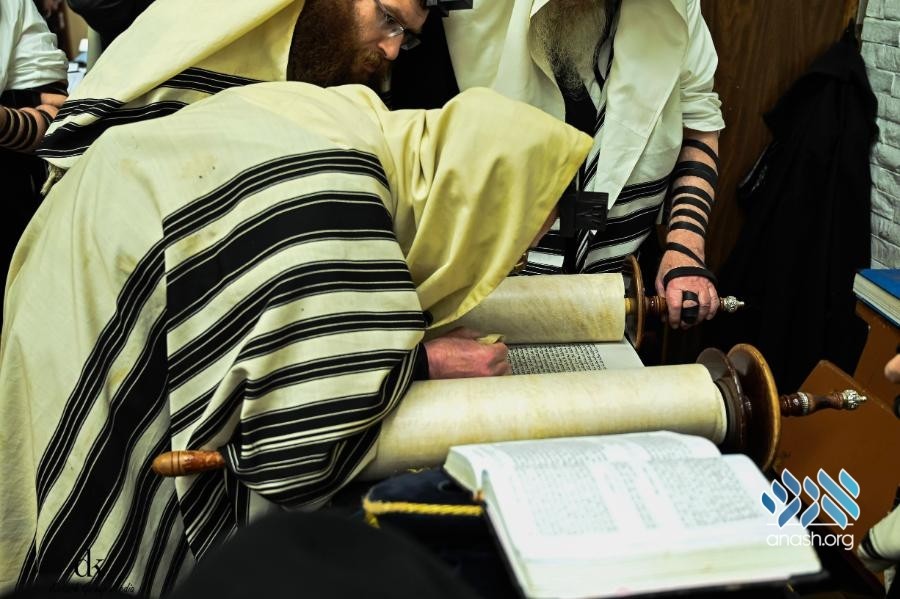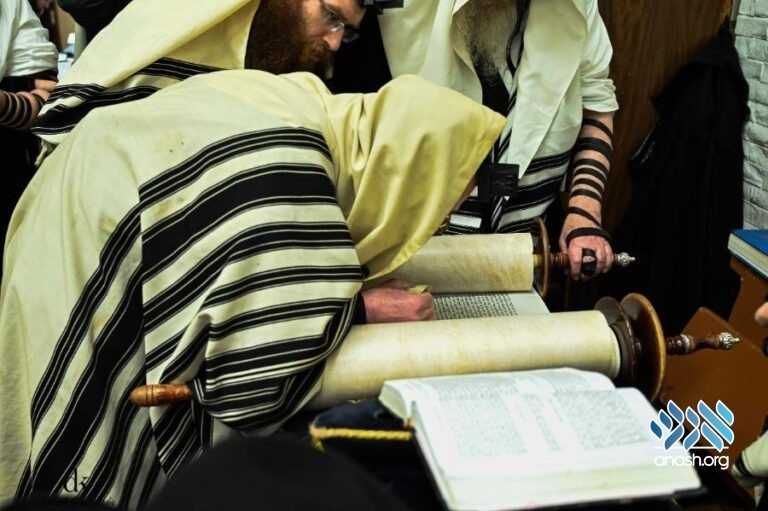ח׳ אלול ה׳תשפ״ד | September 10, 2024
Krias Hatorah with Some People Sleeping?
Anash.org feature: Dayan Levi Yitzchok Raskin, Rov of Anash in London, explores interesting Torah questions and halachic dilemmas including bowing at the end of shmone esrei, making a sukkah next to an overhang, Krias Hatorah with some people sleeping, and HaShem’s name written in English.

Anash.org feature: Dayan Levi Yitzchok Raskin, Rov of Anash in London, explores interesting Torah questions and halachic dilemmas including bowing at the end of shmone esrei, making a sukkah next to an overhang, Krias Hatorah with some people sleeping, and HaShem’s name written in English.
The following issues are discussed by Rabbi Raskin in this week’s episode:
[1] שוע”ר סי’ קפח סי”ז.
[2] בסדר רב עמרם, רמב”ם (מהדורת קאפח), סדור יעב”ץ, בית תפלה (לרז”ה), שקלאוו: “עובדי פסילים”; בסדור של”ה ד”ר וד”ב: “עובדי כוכבים”; קאפוסט תקצ”ו: “עובדי זרים”. בסדורים ספרדיים: “ויבלעוה לגיונים ויירשוה”! סברא, שהשמיטו “עובדי פסילים” וכה”ג בכדי שלא להעליב הממשל המוסלמי – ששלטו גם בירושלים באה”ק ת”ו בזמנם.
[3] כריעה תוך כדי ג’ פסיעות אחורה – הנהגת אביי ורבא (יומא נג ב). הובא בשו”ע סי’ קכג. ברמב”ם הל’ תפלה פ”ה ה”י – ה’ כריעות! בזח”ג רכט א מונה “כריעה וזקיפא לשמאלא וכריעה וזקיפה לימינא”, הרי שיש בס”ה י”ב כריעות וזקיפות. וכבר הקשה על הסתירה הר”מ די לונזאנו בס’ שתי ידות. ומביא מרבינו יונה – ז’ כריעות! בס’ שיח יצחק (סוף מסכת חגיגה) ניסה לתווך בין הזהר והש”ס. משמעות ספר המנהגים כהזהר, וכן משמע בב”י סי’ נו – לענין קדיש. והיינו הצ”ע שם.
[4] בפסקי תשובות סי’ תרלב אות ד מכשיר, אבל בשם ה’שדי חמד’ פוסל.
[5] בשוע”ר סי’ נה ס”ח מביא שי”א שהישן מצטרף לקדיש. בפרי מגדים (א”א שם סק”ח) נסתפק לגבי קריאת התורה. הר”ן (מגילה כג ב “אין קורין בתורה . . . פחות מעשרה”) כתב שרבנן תיקנו קריאתה בציבור. ובביאור הלכה סו”ס קמו הוכיח להחמיר. ולהעיר מדין תענית צבור [לא מד’ צומות] דבעינן י’ מתענים (משנ”ב סי’ תקסו ס”ק יד. וכ”כ בשו”ת צמח צדק או”ח סי’ קי). משמע דלא רק משום “דבר שבקדושה” הוא דבעינן י’ לקריאת התורה.
[6] ראה שו”ע חו”מ סי’ כז ס”א; אורים ונתיבות שם; פתחי תשובה יו”ד סי’ רעו ס”ק יא.
[7] ראה שוע”ר סי’ רסג סט”ז ובקו”א סקי”א שם.
[8] ראה שוע”ר סי’ נו ס”ה.




We appreciate your feedback. If you have any additional information to contribute to this article, it will be added below.